Casco Viejo, Panama
Casco Viejo (Spanish for Old Quarter), also known as Casco Antiguo or San Felipe, is the historic district of Panama City. Completed and settled in 1673, it was built following the near-total destruction of the original Panamá city, Panamá Viejo in 1671, when the latter was attacked by pirates. It was designated a World Heritage Site in 1997.[1]
Casco Viejo | |
|---|---|
Historic District of Panama City | |
_-_Pamama.jpg) Aerial Panorama (Casco Antiguo) | |
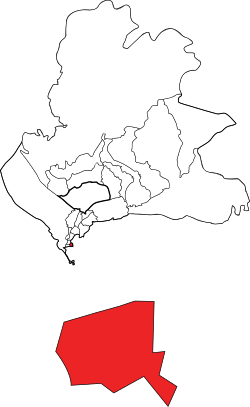 Location of San Felipe(Casco Antiguo) in Panamá province | |
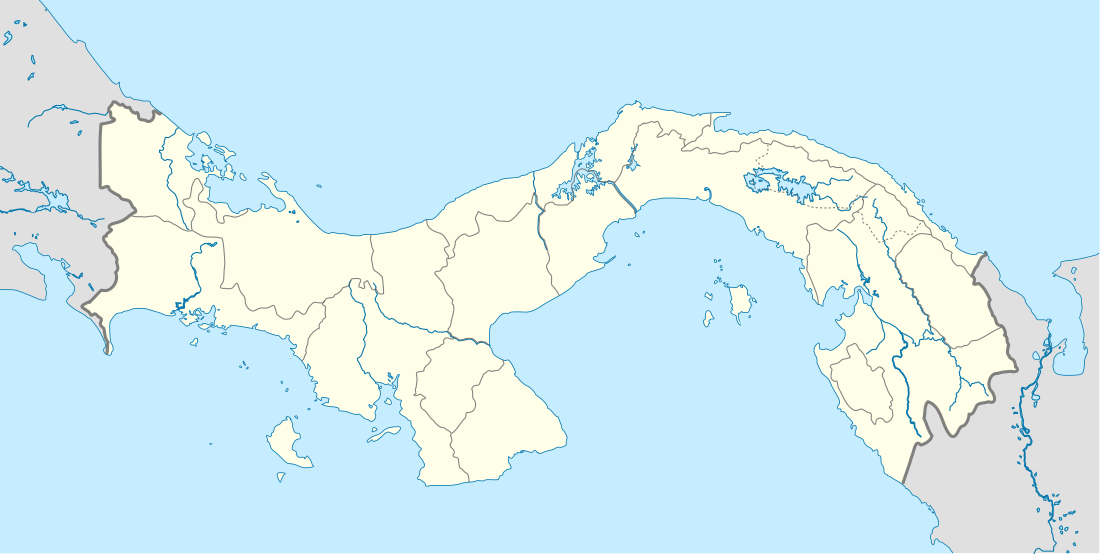 Casco Viejo | |
| Coordinates: 8°57′09″N 79°32′06″W | |
| Country | Panama |
| Province | Panamá |
| District | Panamá |
| City | Panama City |
| Website | cascoviejo.org |
| Official name | Archaeological Site of Panamá Viejo and Historic District of Panamá |
| Type | Cultural |
| Criteria | II, IV, VI |
| Designated | 1997 (21st session) |
| Reference no. | 790 |
| Extension | 2003 |
| State Party | Panama |
| Region | Latin America and the Caribbean |
History
Panama City was founded on August 15, 1519 and it lasted one hundred and fifty-two years. In January 1671, the Governor Juan Perez de Guzman had it set on fire, before the attack and looting by the pirate Henry Morgan. In 1672, Antonio Fernández de Córdoba initiated the construction of a new city, which was then founded on January 21, 1673. This city was built on a peninsula completely isolated by the sea and a defensive system of walls.[2] Today this place preserves the first institutions and buildings of the modern city of Panama. It is known as Casco Viejo (Spanish for Old Town).
Main sights
- La Catedral Metropolitana is the main Catholic church in Panama city.
- El Palacio de las Garzas, is the governmental office and residence of the President of Panama.
- Church and Convent of San Francisco de Asís.
- Church of San José
- Church of La Merced
- Church and Convent of Santo Domingo: Arco Chato
- Church and convent of the Society of Jesus.
- Palacio Municipal, which dates from the beginning of the 20th century.
- Palacio Nacional
- National Theatre of Panama
- Panama Canal Museum
- Palacio Bolívar
- Góngora House
- Plaza Bolívar
- Plaza Herrera
- Plaza de Francia
- Plaza de la Independencia
Gallery

- Plaza de la Independencia
 San Francisco de Asís Church
San Francisco de Asís Church Inside San Francisco de Asís Church
Inside San Francisco de Asís Church National Theater
National Theater Inside the National Theater
Inside the National Theater Society of Jesus
Society of Jesus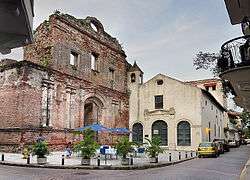 Convento de Santo Domingo
Convento de Santo Domingo Arco Chato
Arco Chato San José Church
San José Church Typical houses
Typical houses Palacio Nacional
Palacio Nacional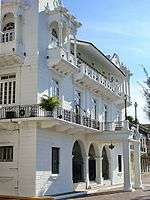 Palacio de las Garzas
Palacio de las Garzas- Casa Góngora
 Catedral Metropolitana
Catedral Metropolitana Inside the Catedral Metropolitana
Inside the Catedral Metropolitana Plaza Bolivar
Plaza Bolivar Map of Panama and its suburb in 1789
Map of Panama and its suburb in 1789- Plaza Herrera
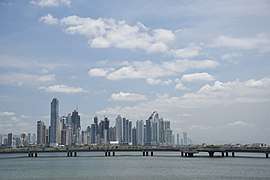 Panama City view from Casco Viejo
Panama City view from Casco Viejo
References
- "Archaeological Site of Panamá Viejo and Historic District of Panamá". whc.unesco.org. UNESCO World Heritage Centre. Retrieved 27 May 2011.
- Castillero, Alfredo (2004). UNESCO Guides: Panamá la Vieja and Casco Viejo. UNESCO Publishing. ISBN 92-3-103923-7.
External links
- Official website
